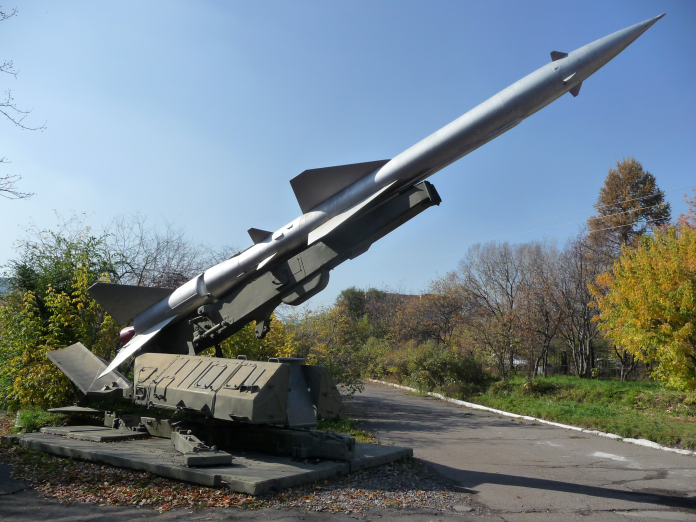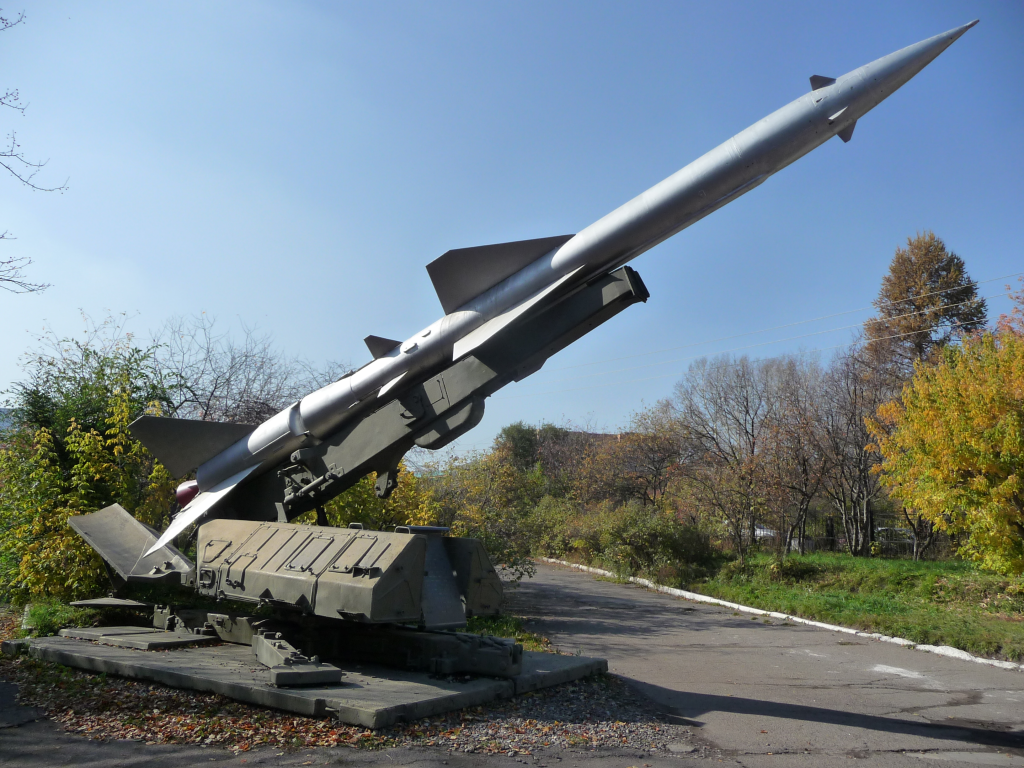
Could one night’s onslaught recast the future of integrated air defense in Europe? The most recent Russian attack on Ukraine suggests it just may. In a joint operation across air, land, and sea theaters, Moscow fired over 600 projectiles a combination of ballistic missiles, cruise missiles, and strike drones in what military observers categorize as a textbook “firepower strike.” Targets, Ukrainian Air Force reported, included military-industrial targets manufacturing the Sapsan tactical missile system, reconnaissance UAVs, unmanned combat platforms, and loitering munitions. Though Russia’s Defense Ministry reported “all of the targets that were assigned” were struck, Ukraine’s defenses took out most of the threats coming in, although at least three civilians died and dozens were wounded.
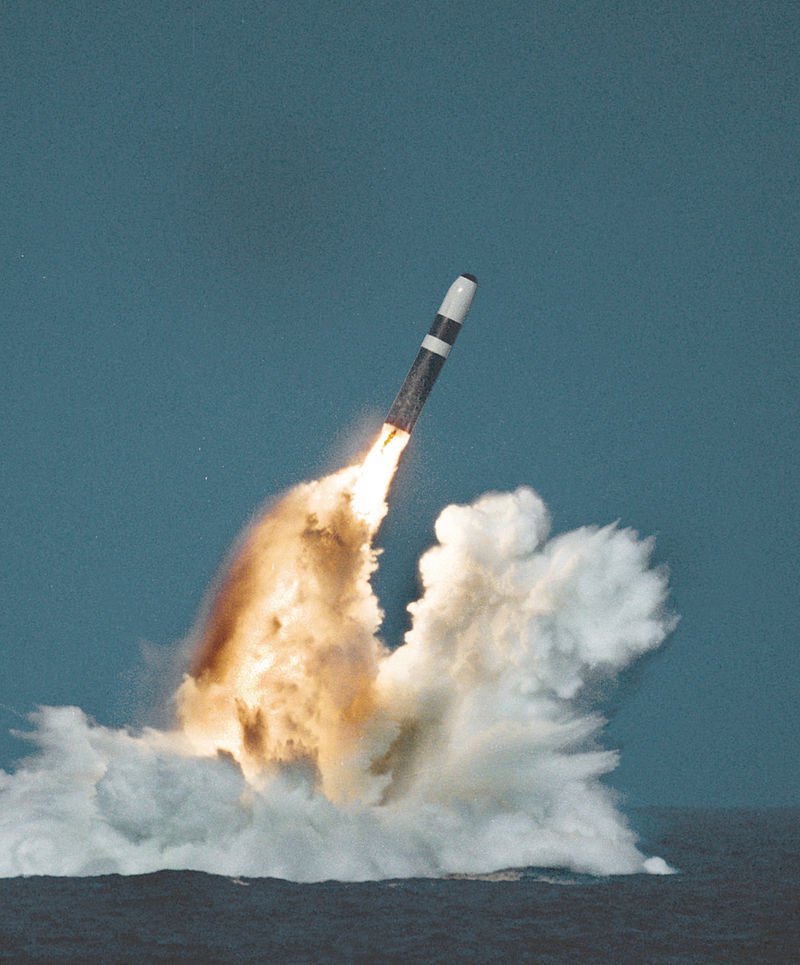
1. The Size and Mix of the Attack
The night-time barrage included 579 attack drones, eight ballistic missiles, and 32 cruise missiles, a saturation approach intended to overwhelm multi-layered defenses. Russian strategy describes this as noncontact warfare applying standoff precision strikes to incapacitate infrastructure without direct combat troop contact. Weapons such as the air-launched Kh-101 cruise missile and Iskander-M short-range ballistic missile, both with ranges up to 500 km, were probably in the mix. The addition of decoy drones added to Ukraine’s radar clutter, compelling defenders to burn up interceptors on non-lethal drones.
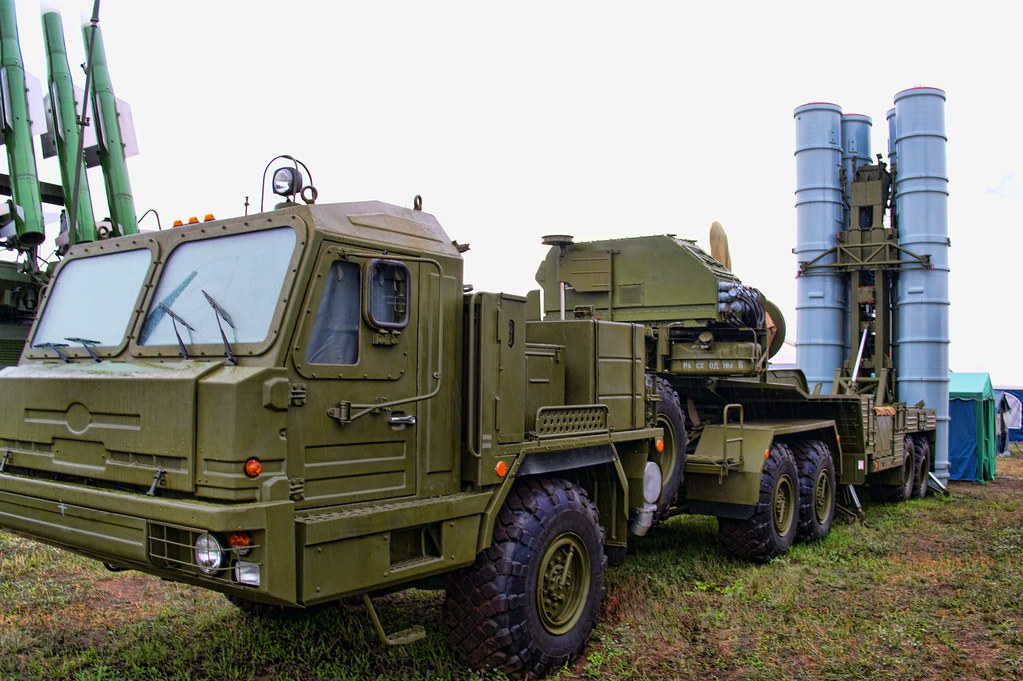
2. Ukraine’s Air Defense Response
Ukraine’s defensive network is a patchwork of Soviet-era S-300 and Buk systems integrated with Western platforms such as Patriot, NASAMS, IRIS-T SLM, and Gepard anti-aircraft guns. This hybrid architecture, while effective, poses interoperability and maintenance challenges. As detailed in recent analyses, Ukraine has adapted older launchers into “FrankenSAM” hybrids capable of firing Western missiles like the RIM-7 Sea Sparrow. 23 mm autocannon-armed mobile fire platoons and FPV interceptor UAVs are used for point defense of Shahed-class UAVs that manage to evade top-tier systems.
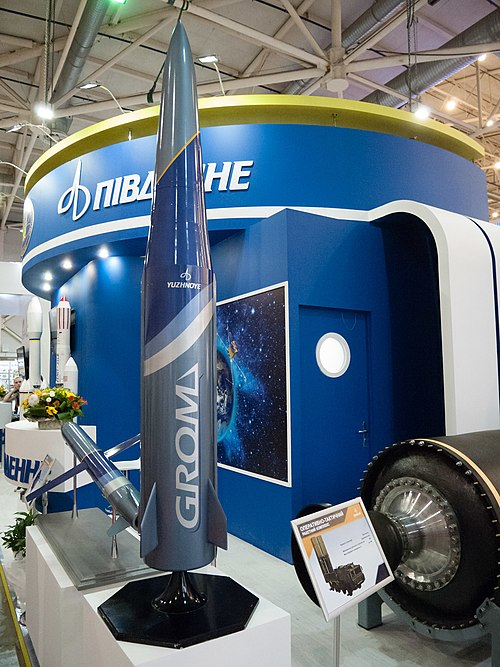
3. The Sapsan Factor
The emphasis of the Russian strike on Sapsan missile manufacturing complexes by implication highlights the perceived danger of the weapon. Domestically developed Sapsan carries a 480 kg warhead and has an effective range of 300 km, with analysts estimating it has the capability to reach 500 km. Travelling at a speed of more than 5,000 km/h, it is much more difficult to intercept than cruise missiles. Ukraine has already employed Sapsan in combat against Russian military infrastructure deep in behind front lines. Its development makes Ukraine the first European country since the Cold War to operate a conventional ballistic missile of this type.
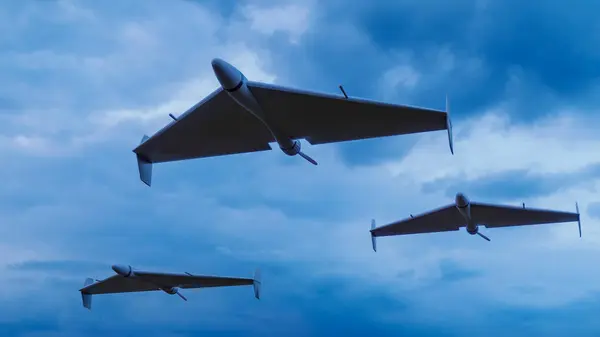
4. Russian Drone Capabilities
Russia’s Geran-2 (Shahed-136) one-way strike drones, which were indigenously developed from Iranian designs, have over 1,500 km ranges and are priced as low as $20,000–$70,000 per drone. Their low price allows for mass launching, as in this attack. Moscow has tried jet-powered versions for greater speed and survivability. GPS-guided navigation in these drones is jam-resistant, although Ukraine has retaliated with electronic warfare and fiber-optic-controlled interceptors.
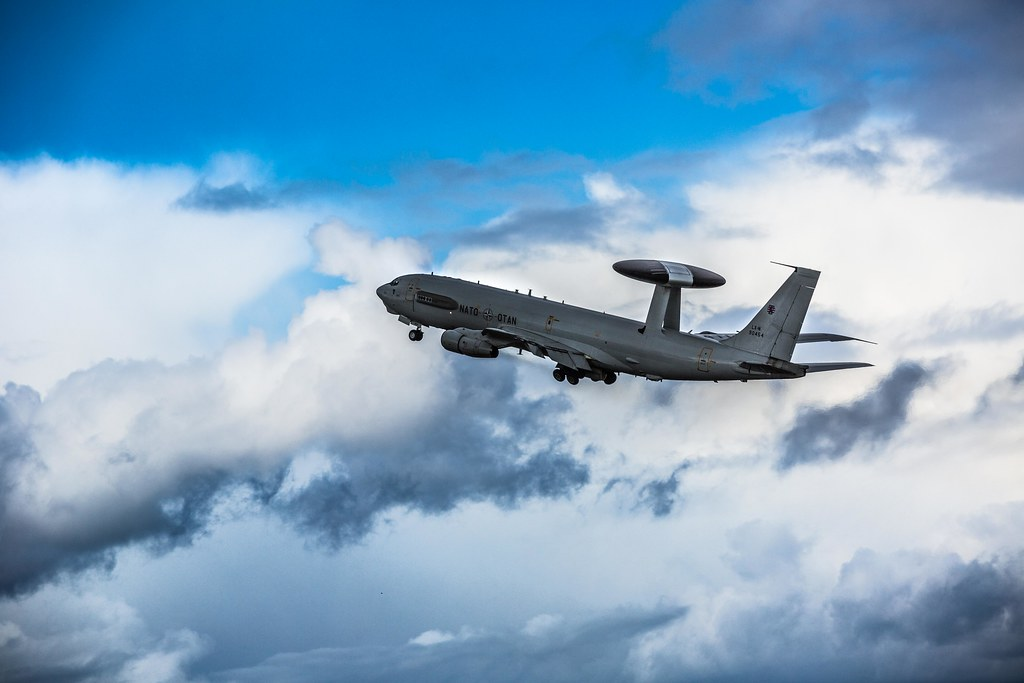
5. NATO’s Operation Eastern Sentry
The attack occurred just weeks after Russian drones breached Polish airspace the biggest such incursion into NATO skies to date. NATO in response implemented Operation Eastern Sentry, increasing air defense preparedness on its eastern flank. Polish and Dutch fighters already shot down several drones above allied airspace. The operation combines airborne early warning, ground-based missile defense, and immediate fighter scrambling to fill gaps left open by these incursions.

6. Airspace Incursions and Strategic Signaling
Poland’s Foreign Minister Radosław Sikorski earlier characterized earlier drone overflights as intentional “tests” of NATO’s response thresholds. Some drones bore no explosives, hinting at reconnaissance or psychological testing. Romania too has seen Russian drone intrusions, to which it has registered diplomatic protests. The incidents showcase the fuzzy distinction between armed attack and strategic signaling in contemporary war.
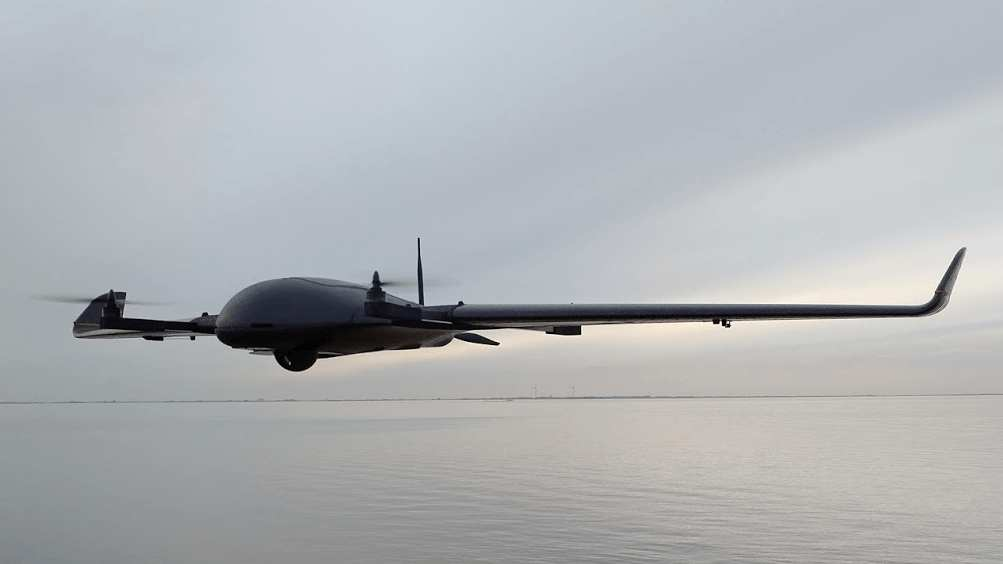
7. New Interceptor Technologies
Ukraine’s Brave1 defense technology incubator is speeding the development of low-cost surface-to-air missiles and AI-capable interceptor drones. These platforms are designed to engage Shahed-class targets in all weather, day or night. Sixty-two local firms are already testing designs on the battlefield, including mothership drones that release swarms of FPV interceptors. Such technology is essential since Russia’s monthly production of one-way attack UAVs may reach 2,000 units.
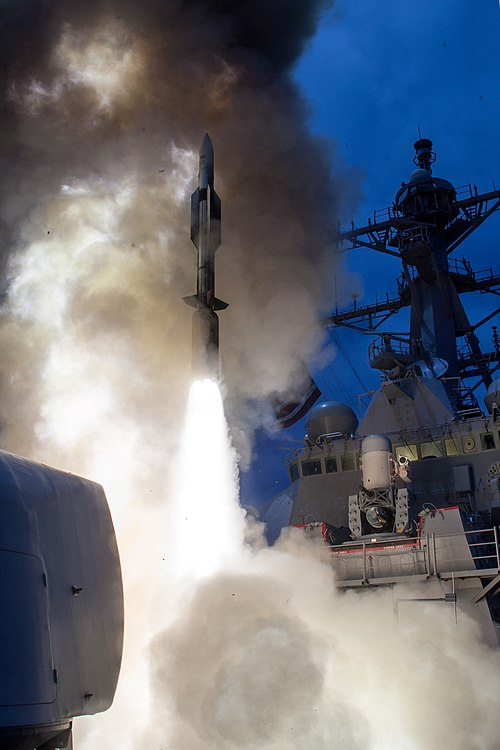
8. The ERAM Advantage
Offensively, Ukraine will get 3,350 Extended Range Attack Munitions (ERAM) air-delivered standoff weapons with 150–280-mile ranges, a 500-pound blast-fragmentation warhead, and the capability of operating in GPS-degraded environments. With a 10-meter circular error probable, ERAM provides accuracy against high-value targets such as command centers and airfields, possibly from beyond Russian air defense envelopes.

9. Engineering Lessons for NATO
The strike reaffirms the imperative of modular, scalable air defense systems. The NATO challenge is integrating disjointed national systems into a unified shield to face mixed salvos of ballistic missiles, cruise missiles, and unmanned aerial vehicles. The incident also confirms the importance of accelerated R&D cycles compressing from years to months to keep pace with changing threats, an effort already underway in Ukraine’s indigenous weapons programs.
The evening’s drama was more than an exchange of military blows it was a televised demonstration of 21st-century strike and defense capabilities, with far-reaching implications for all NATO capitals monitoring the radar screens.
